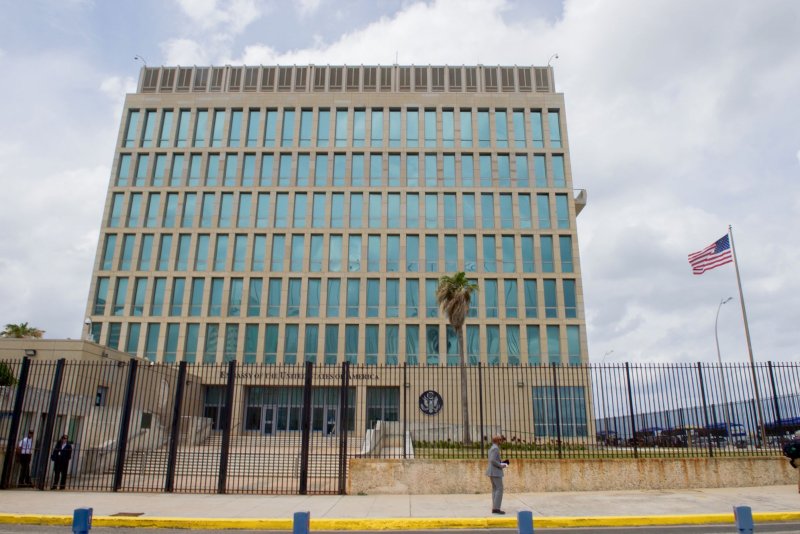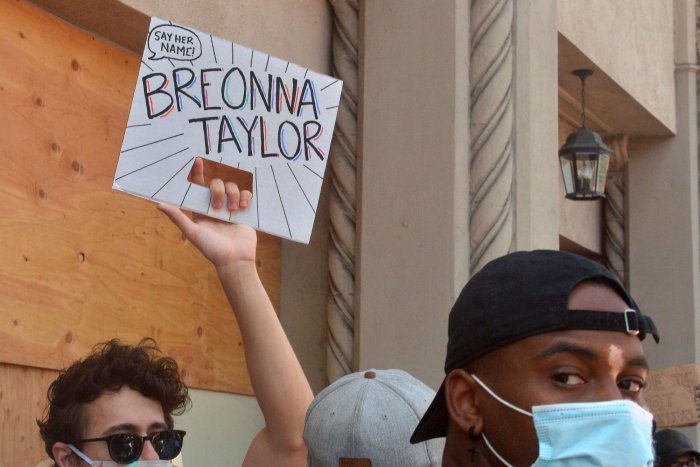

Without new legislation, Americans who are subject to garnishment would likely never see their $1,400 stimulus payment from the IRS. By law, banks are required to turn it over to debt collectors. File Photo by John Angelillo/UPI | License Photo
March 16 (UPI) -- Lawmakers in Congress are trying to pass a piece of legislation to protect the new round of stimulus payments for Americans who are subject to having the money taken by private debt collectors.
President Joe Biden's American Rescue Plan is sending $1,400 stimulus payments to all Americans who earned less than $75,000 in 2019 or 2020, and gradually reduced amounts to those making between $75,000 and $80,000.
The Internal Revenue Service began depositing the payments last weekend.
However, Americans who owe private debts that are collectible via court judgments could see their payments taken right out of their bank accounts. Lawmakers are trying to fix that.
RELATED Americans can check status, deposit date for new $1,400 stimulus payment
Sen. Ron Wyden, D-Ore., says he will introduce a bill this week to shield those Americans from having their relief aid taken away.
The $1.9 trillion relief bill passed by Congress and signed by Biden does not include special language that protects the stimulus payments from garnishment imposed by past fiscal judgments. The second payment of $600 in December had the protection, but the first $1,200 payment a year ago did not.
"We really wish this could have passed before the money started going out," National Consumer Law Center
"The protection would have been far more effective if the payment was coded in a way so that banks would automatically know to protect the money."
Associate Director Lauren Saunders told CNN
.
The American Rescue Plan did not include the protection because it was passed in Congress under budget reconciliation, a procedural process that allowed Democrats in both chambers to pass the package without any Republican support. Not a single Republican in either chamber voted for the plan.
"Families that most need this money -- those struggling with debt and whose entire bank accounts may be frozen by garnishment orders -- will be not be able to access their funds," a group of consumer advocacy groups wrote in a letter to lawmakers last week.
"Families that most need this money -- those struggling with debt and whose entire bank accounts may be frozen by garnishment orders -- will be not be able to access their funds," a group of consumer advocacy groups wrote in a letter to lawmakers last week.
"This group includes very low-income families with children, people who have been disconnected from work opportunities for along period and many low-income adults now raising children in their homes.
"Allowing economic impact payments to be garnished could impose significant burdens on some families, especially those in communities of color, facing unprecedented circumstances."
Without legislation to protect the payments, Americans who are subject to garnishment would likely never see their $1,400 check from the IRS. By law, banks are required to turn over money that is garnished and claimed by debt collectors.
"Unless Congress immediately passes the [change], they will be forced to pay some creditors who attempt to garnish and freeze bank accounts," the groups noted in their letter.
"We believe it is imperative that Congress ensure that these next stimulus payments are treated as 'benefits' subject to the federal exemption from garnishment."
The letter was cosigned by nearly 20 advocacy groups, including the NCLC, American Bankers Association, Consumer Bankers Association and National Bankers Association.
Monday, the IRS relaunched its "Get My Payment" tool that allows Americans to track the status of their stimulus payment.




















